A new book unlocks the enigma of the Japanese garden
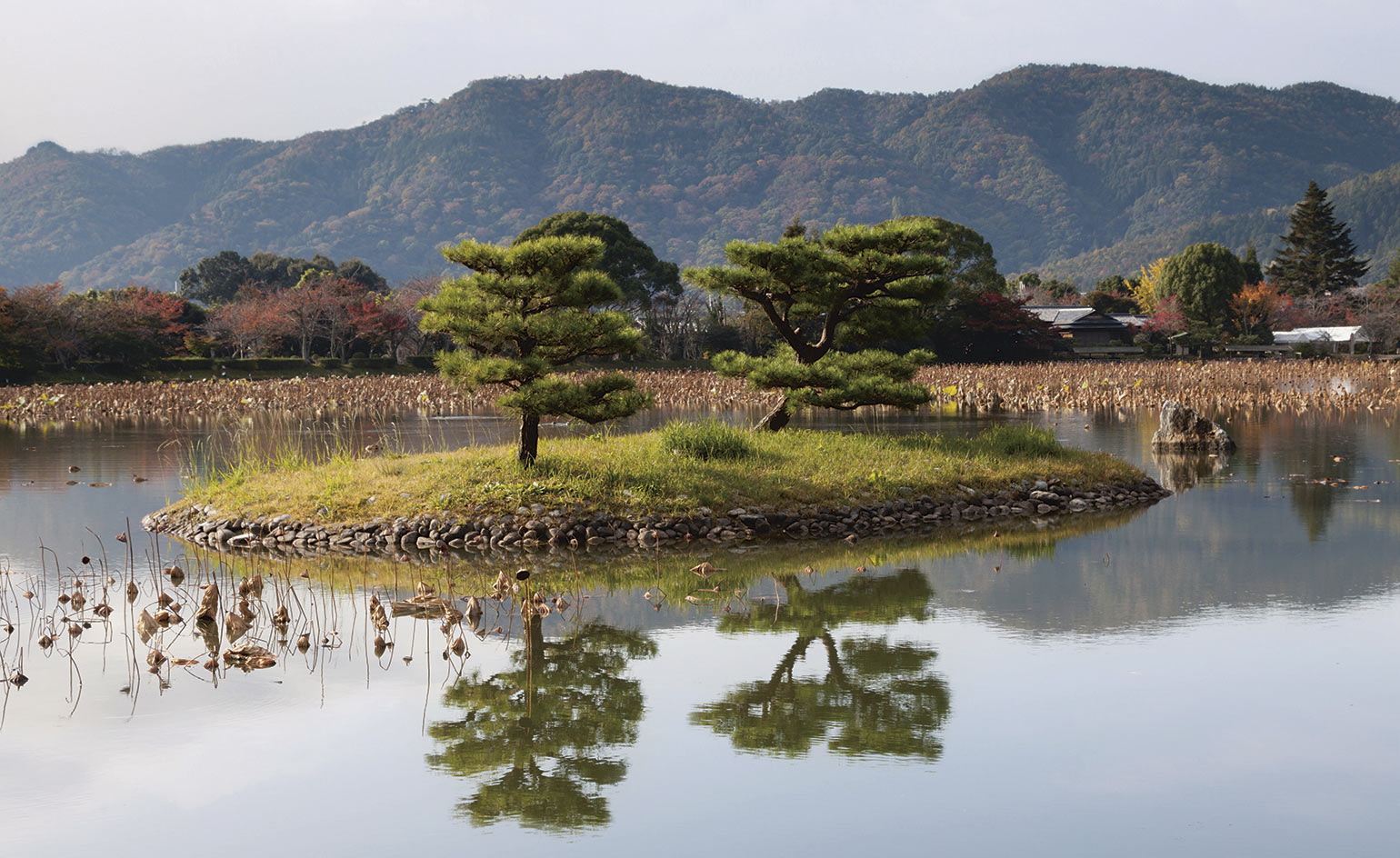
Insight into the enigmatic nature of the Japanese garden is revealed beneath a dark green fabric covered book written by garden designer Sophie Walker and published by Phaidon. ‘The Japanese Garden’ covers the history, design and concepts behind this unique Asian art form through a charmingly detailed narrative that varies in pace from thematic chapters, to intimate essays and photography inside which the reader can get lost.
Walker leads the way down a pathway of discovery rooted in Zen Buddhism, the arrival of Feng Shui from China, Japan’s distinct, diverse and unpredictable climate and landscape and the first written guide to the art of garden making, the sakuteiki or ‘The Reasons for Garden-making’, written in the 11th century.
Chapters explore and illustrate the distinct typologies of Japanese gardens – from Shinto shrines, Buddhist temple gardens, Imperial gardens, rock gardens, tea gardens, courtyard gardens and contemporary designs – always thematically interwoven with unifying concepts of self exploration, religion and Japanese culture.
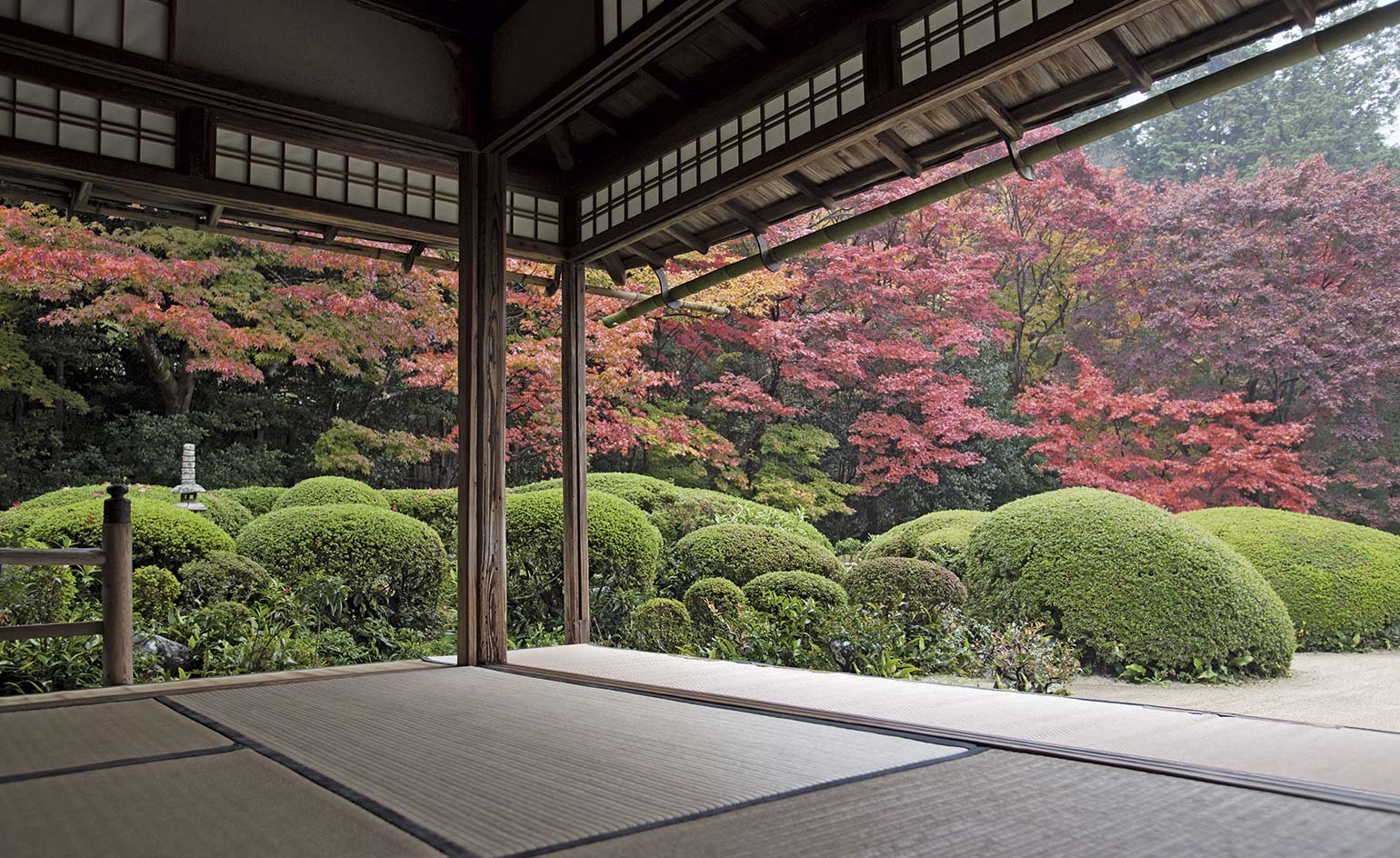
The Shisen-dō, Sōtō Zen Buddhism, Kyoto, 1641, Edo Period, designed by Ishikawa Jōzan shows an example of how architecture was used to frame views of the garden.
Gardens grouped by typologies gradually educate the reader in the symbolic elements such as the path, the courtyard, still water, the bridge and the gateway. These each reveal precise meanings and are the tools that define the Japanese garden as a distinct art form.
Folded between chapters and photographs are essays by leading architects, artists and designers such as Tadao Ando, John Pawson and Lee Ufan that are short, personal treatises telling of intimate thoughts, experiences and ruminations on Japanese gardens.
Artist Lee Ufan writes of the gardens of Kyoto: ‘I am overcome by the sensation that time has stopped, that I have slipped inside another dimension.’ Kyoto’s historic gardens were designed as three dimensional manifestations of ancient East Asian paintings.
Techniques such as the shakkei or ‘borrowed scenery’ effect played with proportions to create the appearence of distant lakes and mountains, or plants were selected such as the niwaki-pruned pine trees in the Adachi Museum garden, to resemble wizened trunks of older trees, while the yellow Zoysia lawns of the Imperial Palace East Gardens in Tokyo appear like gold paint in the winters.
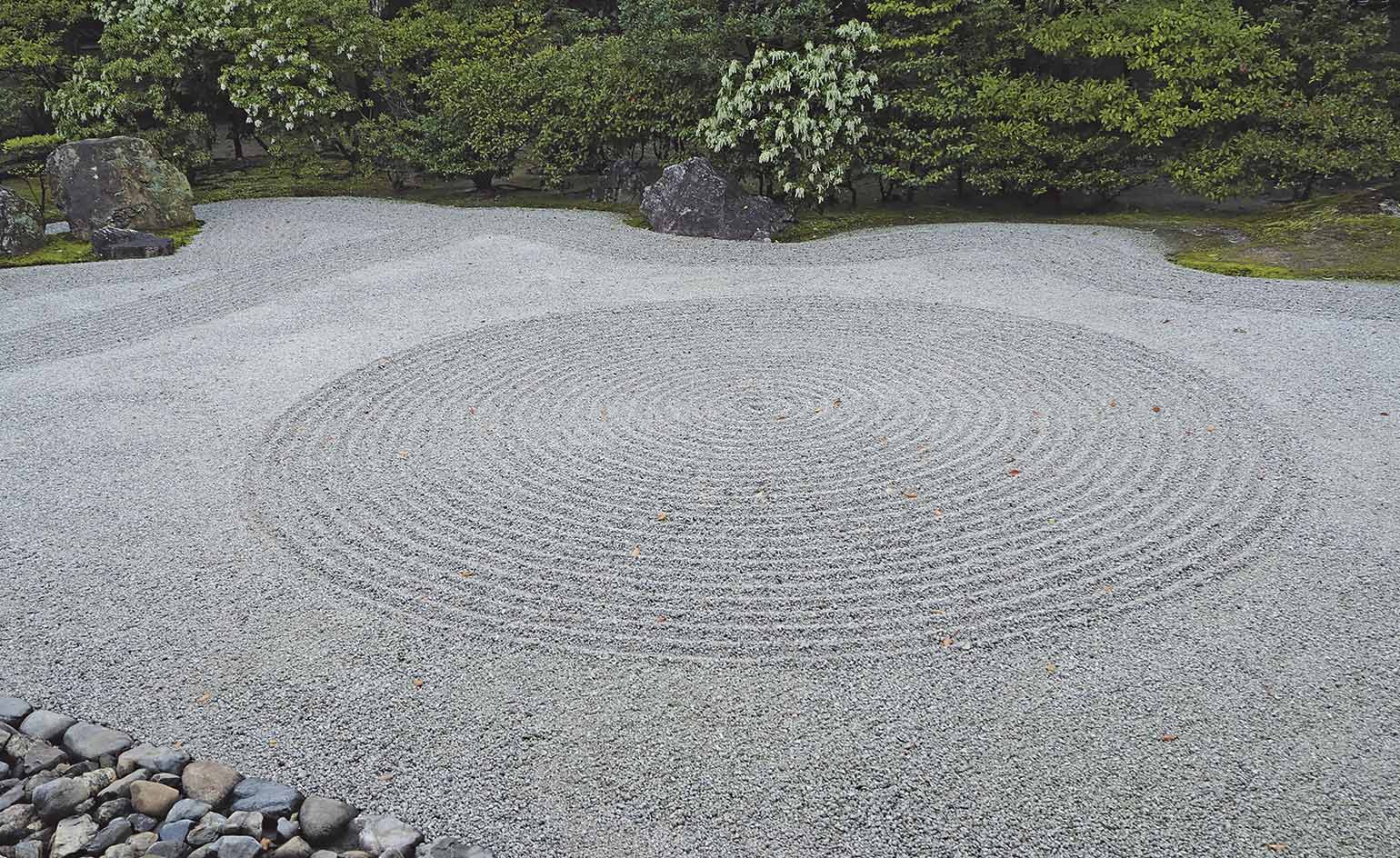
An example of the Japanese rock gardens closely connected to Zen Buddhism, the Kennin-ji established under the Rinzai Zen Buddhism school in Kyoto in 1202, Kamakura Period.
Another essay titled ‘Void, silence and transition’ by Anish Kapoor explored the Daisen-in garden of raked gravel in a courtyard that ‘offers no answers’ but ‘hovers in potential’ – theories that were directly connected to Zen Buddhist principles of remaining empty, yet therefore open to everything.
These Karesansui or rock gardens, were hugely influential in inspiring the minimalist post war conceptual art movement in Japan, Mono-ha, during the 1960s Japan, as well as internationally in the work of artists such as Richard Serra and Richard Long. The Zen rock garden of Ryoan-ji was the subject of a postcard from Walter Gropius to Le Corbusier in June 1954 as well as John Cage’s abstract composition for voice Ryoan-ji (1983-5).
From a barren rock garden full of potential, to the ‘unenterable’ courtyard garden designed to open a window to another world, and the stone pathway that carves out a psychological journey – Walker shows that the Japanese garden is as much a spiritual experience as it is a physical one.
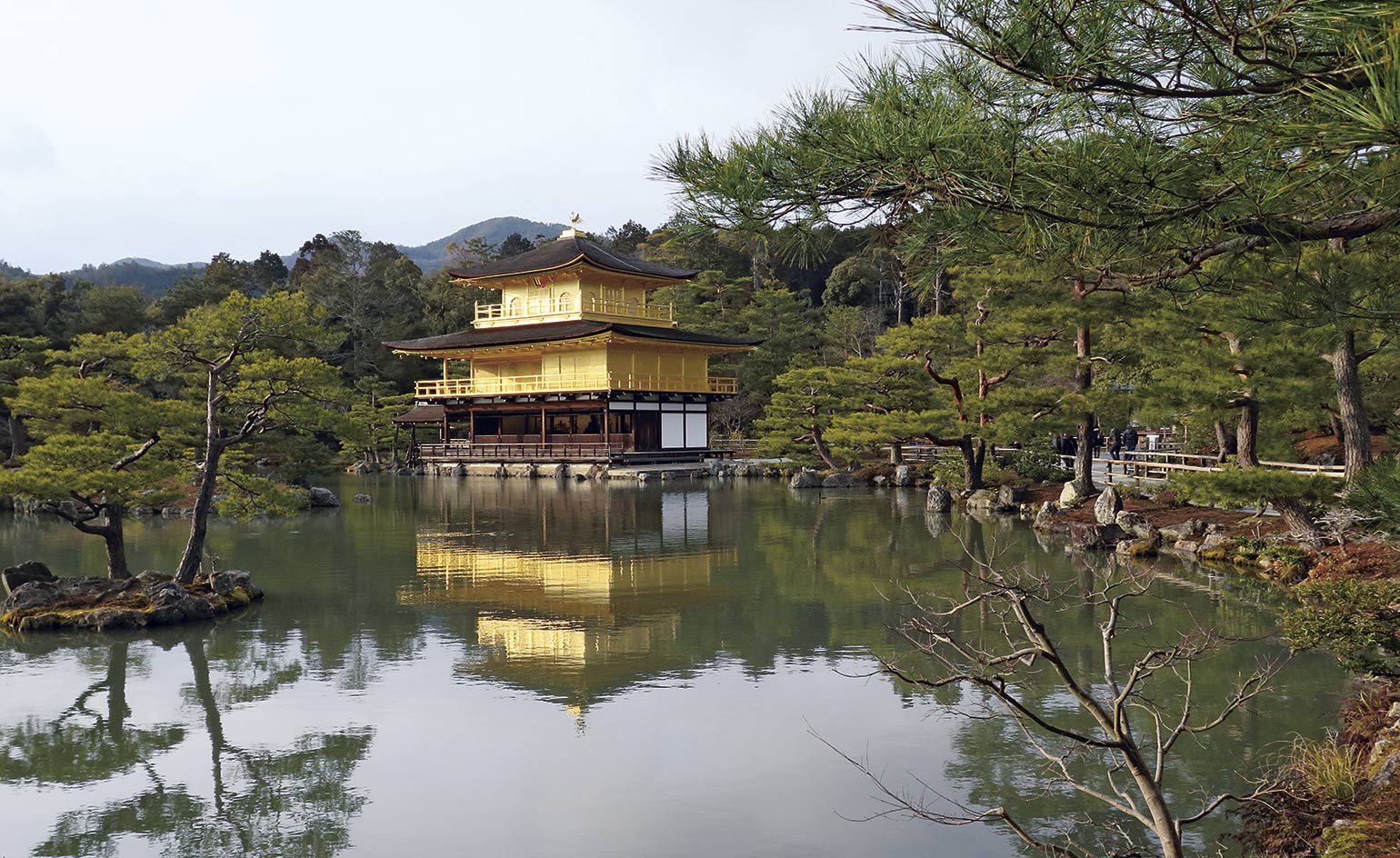
The reflection of the garden and pavilion on still water is an important and carefully considered part of Japanese garden design. Pictured here, the Kinkaku-ji (Temple of the Golden Pavilion), a garden established within the tradition of Rinzai Zen Buddhism, in Kyoto in 1398, during the Muromachi Period. The pavilion was rebuilt in 1955, during the Shōwa Period. All Rights Reserved, DACS 2017

The Adachi Museum Garden in Yasugi designed by Zenkō Adachi in 1970 during the Shōwa Period, shows how scenery and plants were manipulated to look like a traditional East Asian painting.
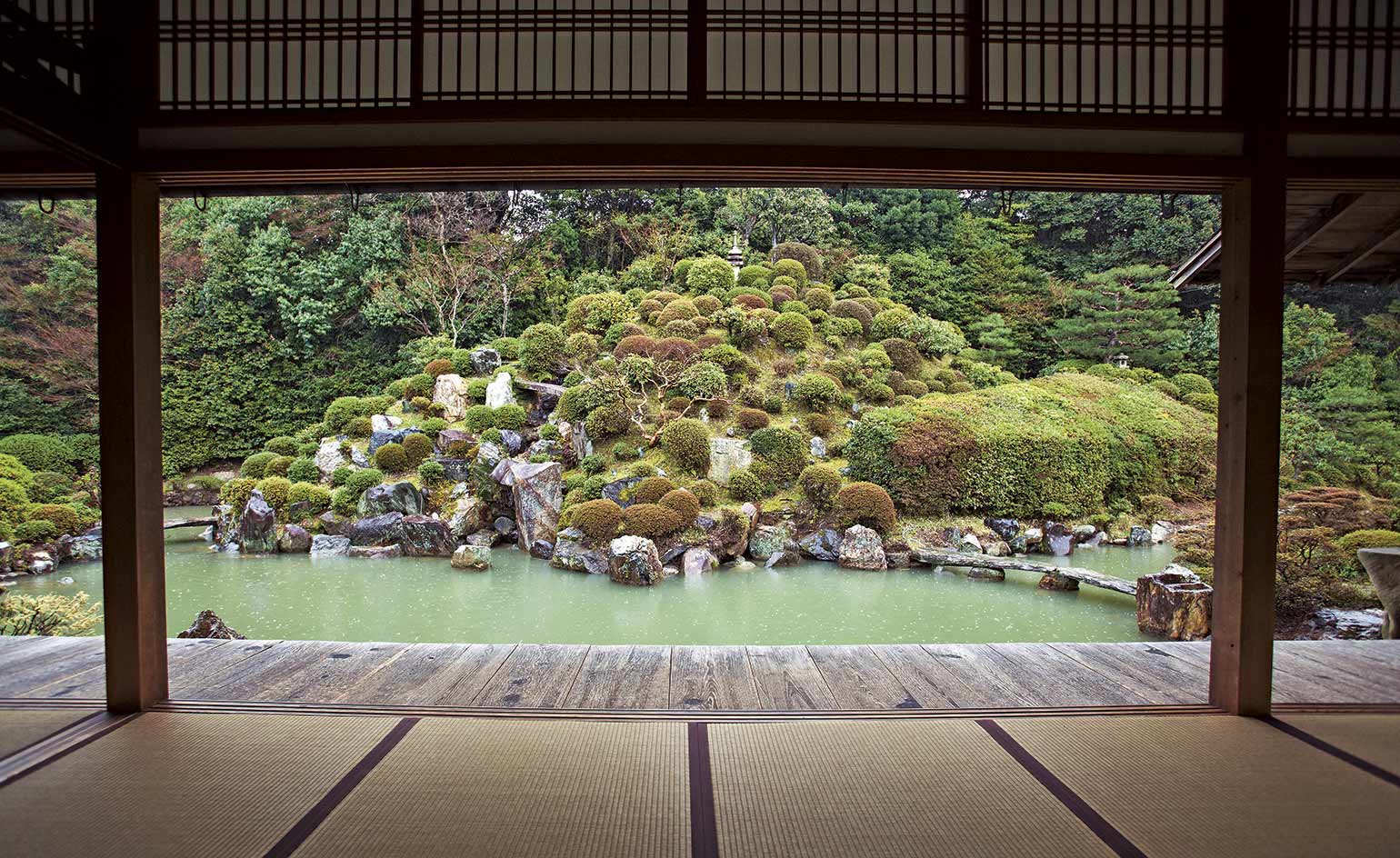
Many Japanese gardens were designed not to be entered, but as a focal point for mediation. Here we see how water provides a boundary into the garden at the Chishaku-in in Kyoto, which dates back to 1593, Azuchi-Momoyama Period; and was restored by Unshō in 1764, Edo Period.

The bridge is a symbolic element of Japanese garden design referring to a transitional moment or a journey. Pictured here, cherry blossom above a wooden bridge at Kōraku-en, Okayama.

A courtyard garden at Kahitsukan Kyoto Museum of Contemporary Art, Kyoto, designed in 1981 by Kajikawa Yoshitomo with Akenuki Atsushi.

The Japanese Garden book published by Phaidon and written by Sophie Walker
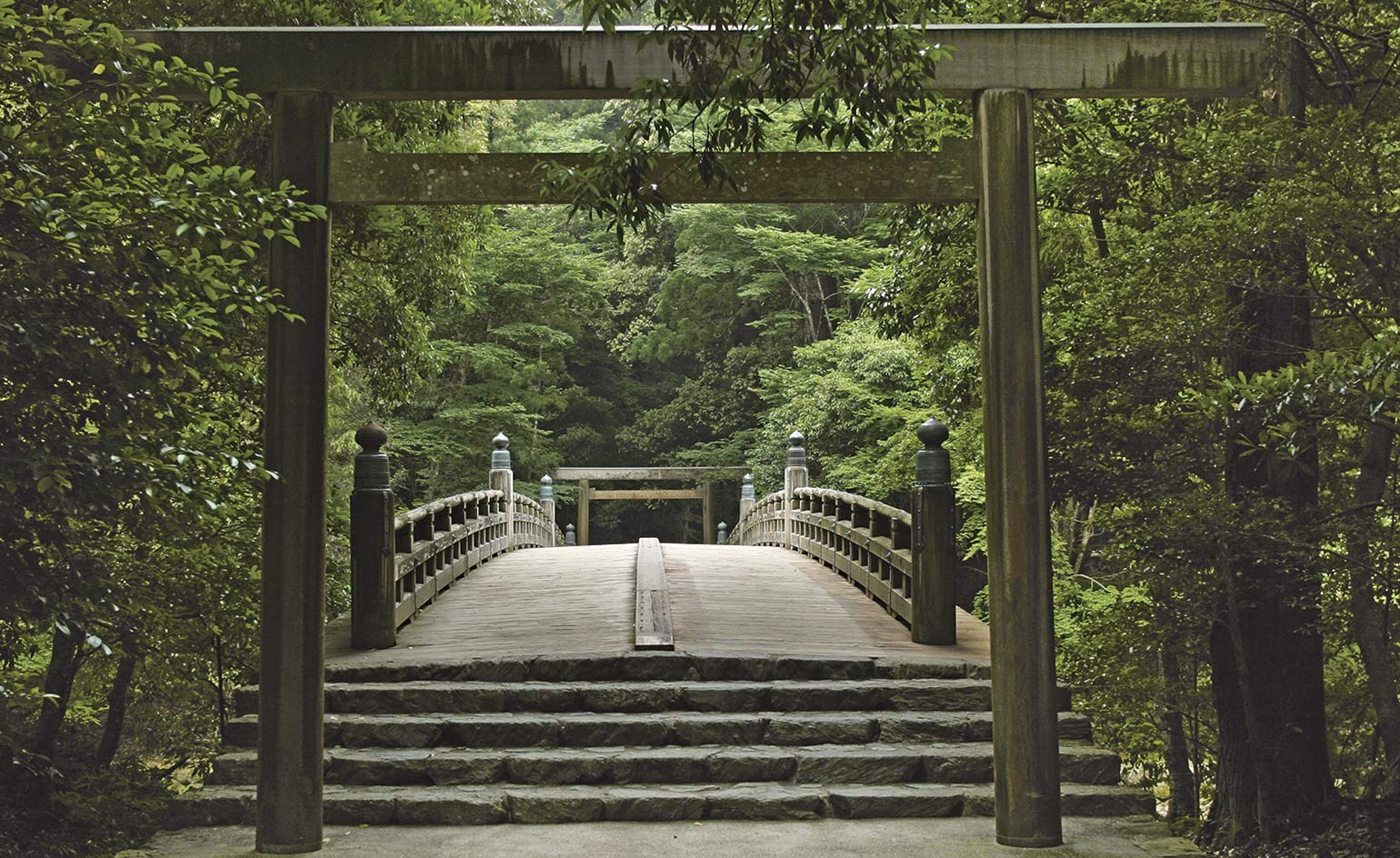
The Shinto gateway is a feature of many Japanese gardens. Pictured here, the Ise Jingū (Ise Grand Shrine), dating back to the 3rd to 5th century, Kofun Period.
INFORMATION
‘The Japanese Garden’ is published by Phaidon
Receive our daily digest of inspiration, escapism and design stories from around the world direct to your inbox.
Harriet Thorpe is a writer, journalist and editor covering architecture, design and culture, with particular interest in sustainability, 20th-century architecture and community. After studying History of Art at the School of Oriental and African Studies (SOAS) and Journalism at City University in London, she developed her interest in architecture working at Wallpaper* magazine and today contributes to Wallpaper*, The World of Interiors and Icon magazine, amongst other titles. She is author of The Sustainable City (2022, Hoxton Mini Press), a book about sustainable architecture in London, and the Modern Cambridge Map (2023, Blue Crow Media), a map of 20th-century architecture in Cambridge, the city where she grew up.
-
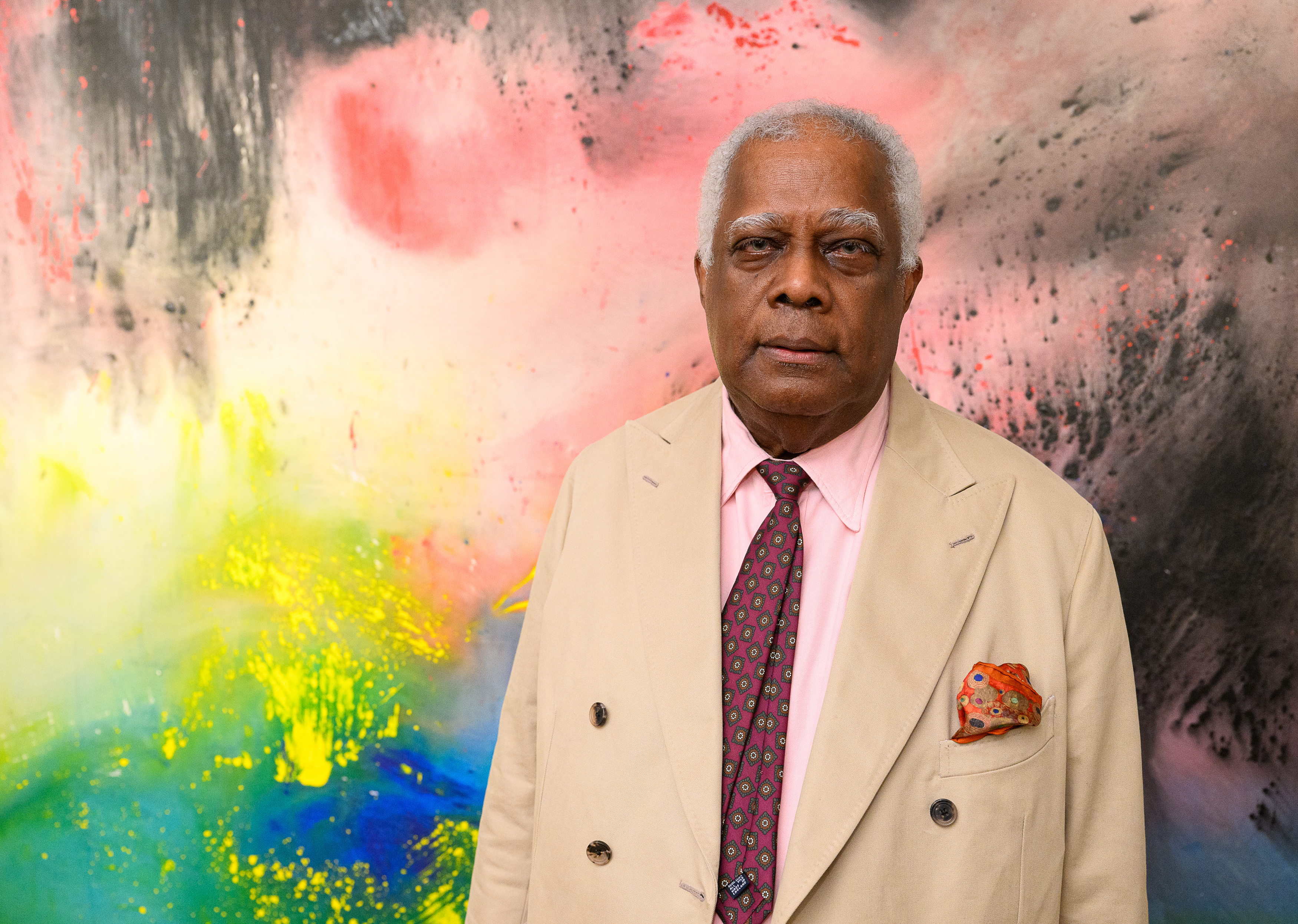 Winston Branch searches for colour and light in large-scale artworks in London
Winston Branch searches for colour and light in large-scale artworks in LondonWinston Branch returns to his roots in 'Out of the Calabash' at Goodman Gallery, London ,
-
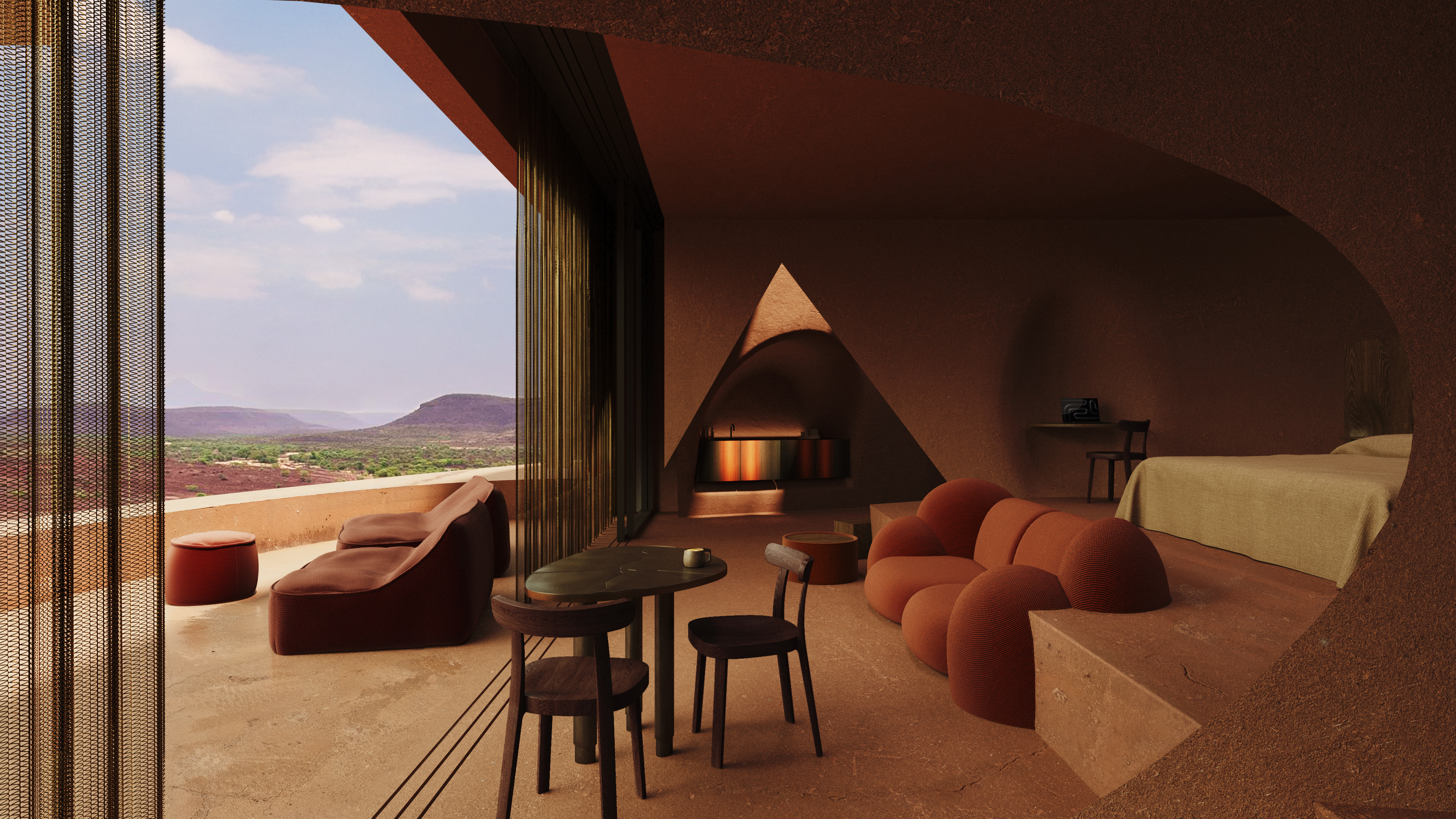 The most anticipated hotel openings of 2026
The most anticipated hotel openings of 2026From landmark restorations to remote retreats, these are the hotel debuts shaping the year ahead
-
 Is the future of beauty skincare you can wear? Sylva’s Tallulah Harlech thinks so
Is the future of beauty skincare you can wear? Sylva’s Tallulah Harlech thinks soThe stylist’s label, Sylva, comprises a tightly edited collection of pieces designed to complement the skin’s microbiome, made possible by rigorous technical innovation – something she thinks will be the future of both fashion and beauty
-
 This Fukasawa house is a contemporary take on the traditional wooden architecture of Japan
This Fukasawa house is a contemporary take on the traditional wooden architecture of JapanDesigned by MIDW, a house nestled in the south-west Tokyo district features contrasting spaces united by the calming rhythm of structural timber beams
-
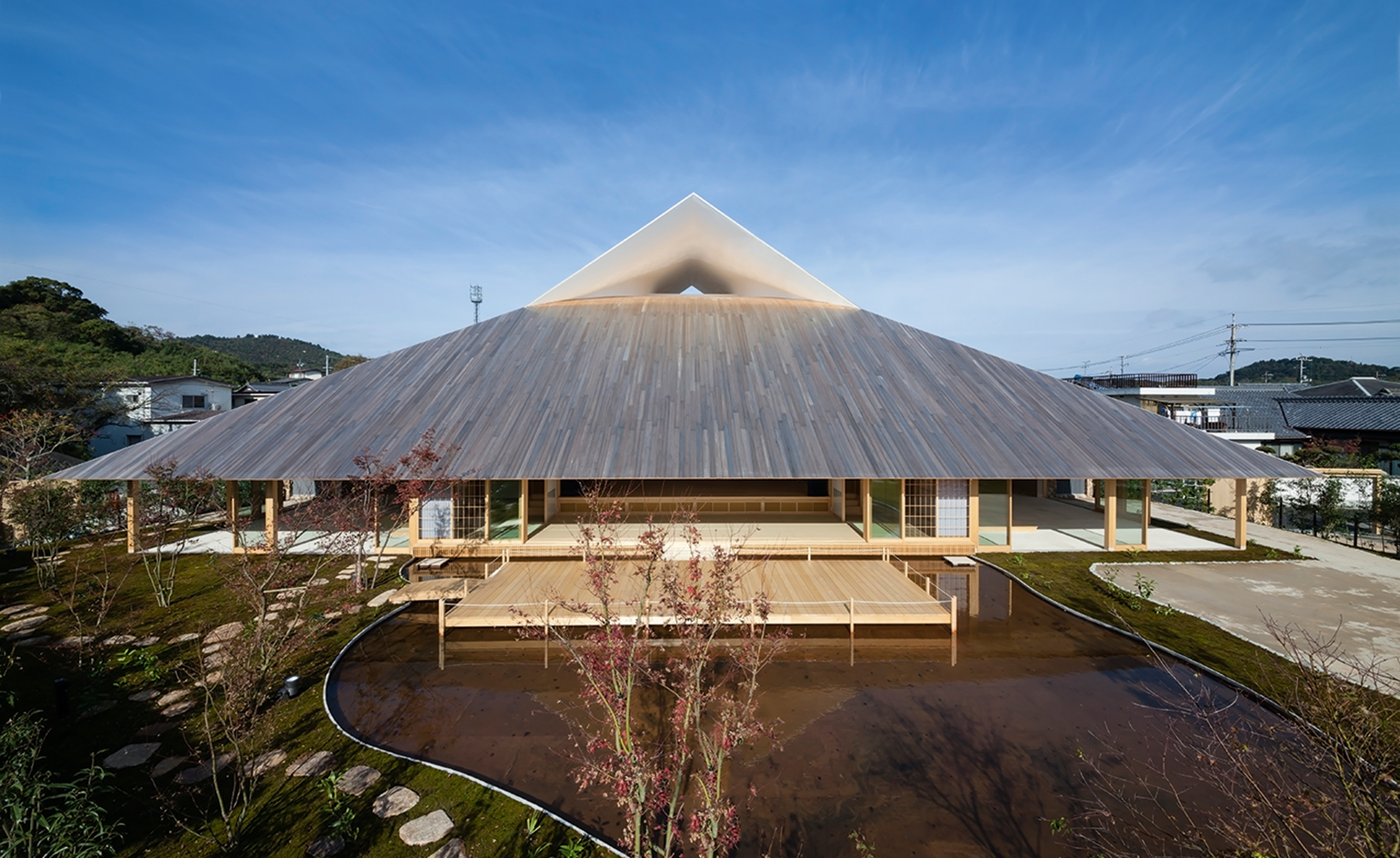 Take a tour of the 'architectural kingdom' of Japan
Take a tour of the 'architectural kingdom' of JapanJapan's Seto Inland Sea offers some of the finest architecture in the country – we tour its rich selection of contemporary buildings by some of the industry's biggest names
-
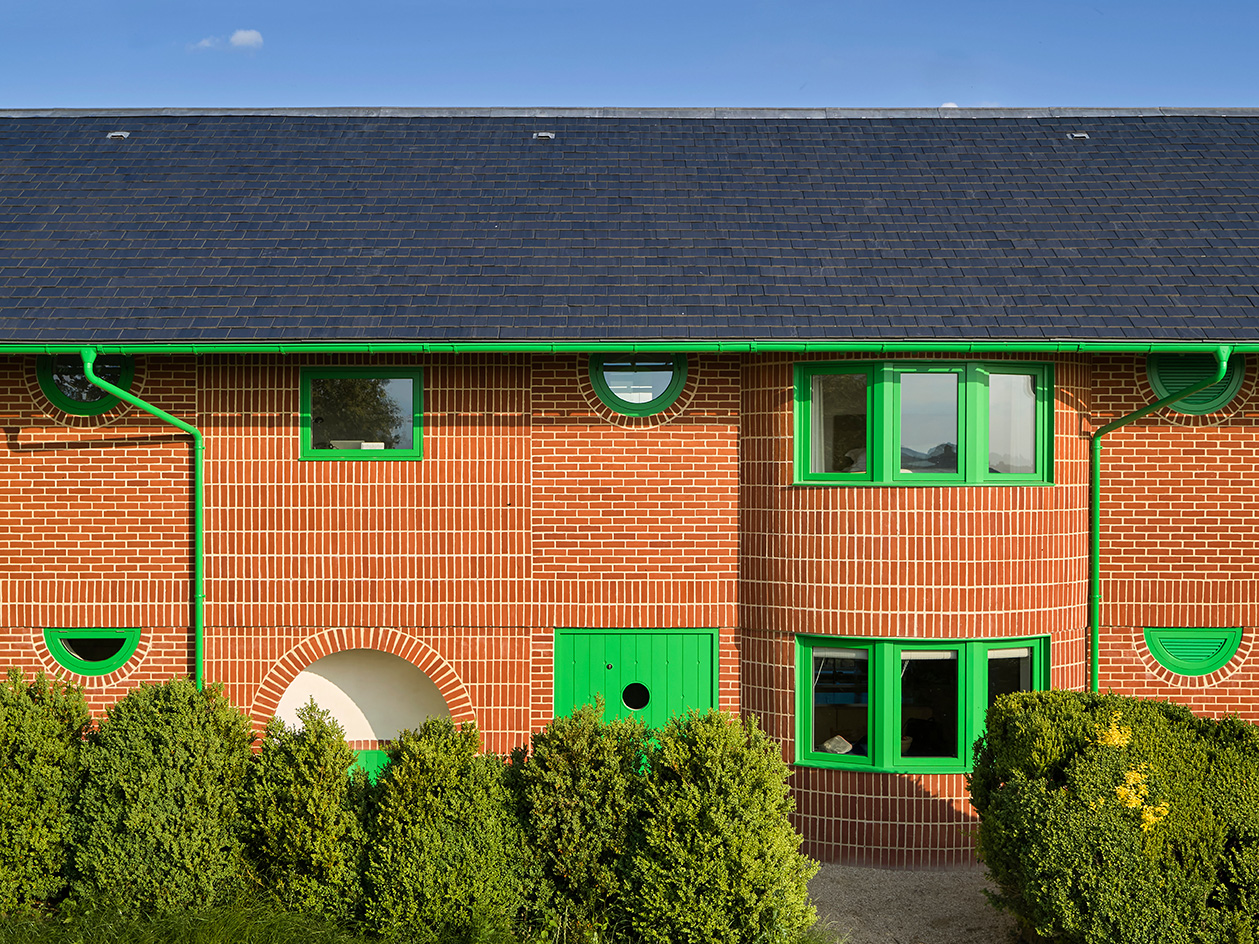 David Kohn’s first book, ‘Stages’, is unpredictable, experimental and informative
David Kohn’s first book, ‘Stages’, is unpredictable, experimental and informativeThe first book on David Kohn Architects focuses on the work of the award-winning London-based practice; ‘Stages’ is an innovative monograph in 12 parts
-
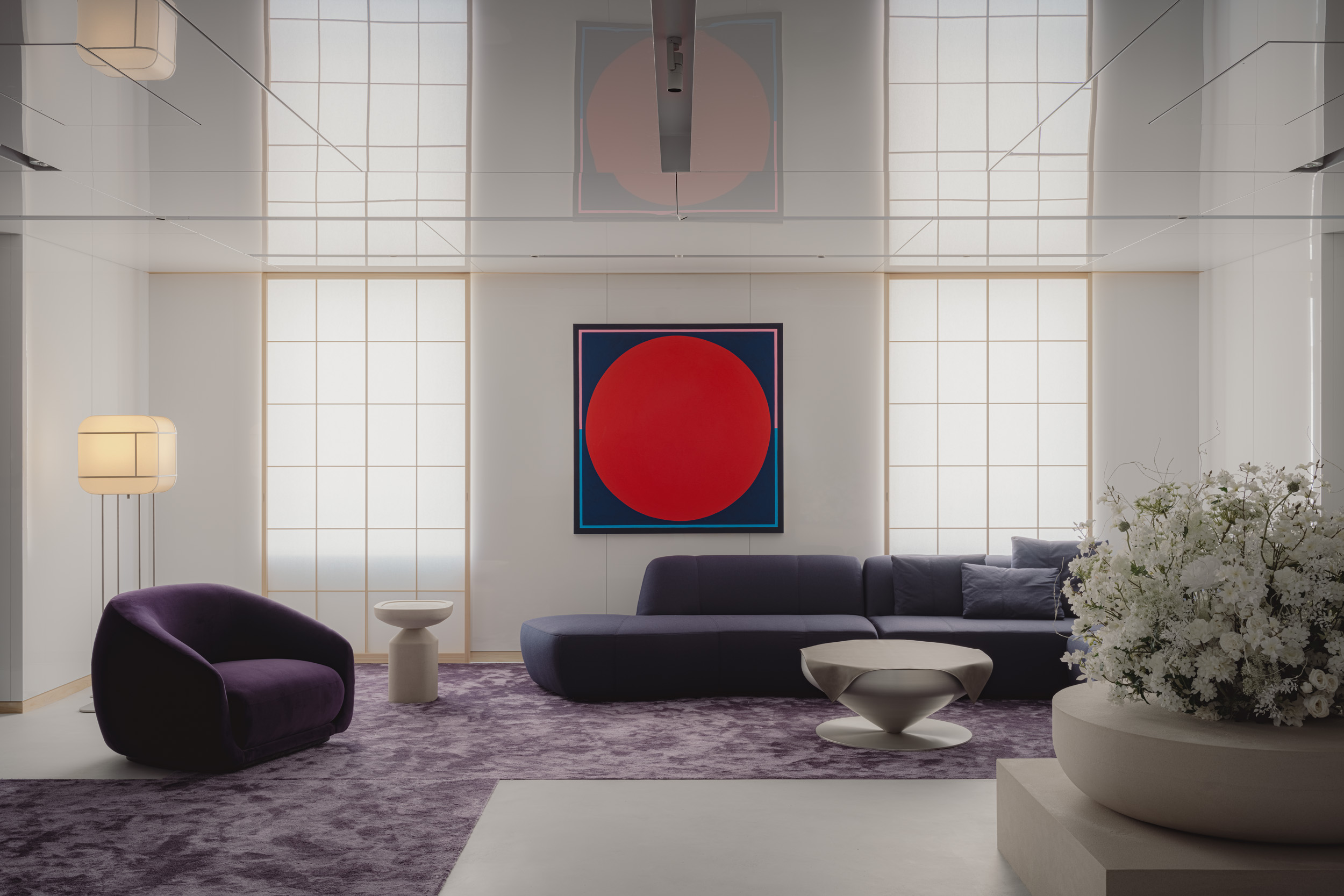 Matsuya Ginza lounge is a glossy haven at Tokyo’s century-old department store
Matsuya Ginza lounge is a glossy haven at Tokyo’s century-old department storeA new VIP lounge inside Tokyo’s Matsuya Ginza department store, designed by I-IN, balances modernity and elegance
-
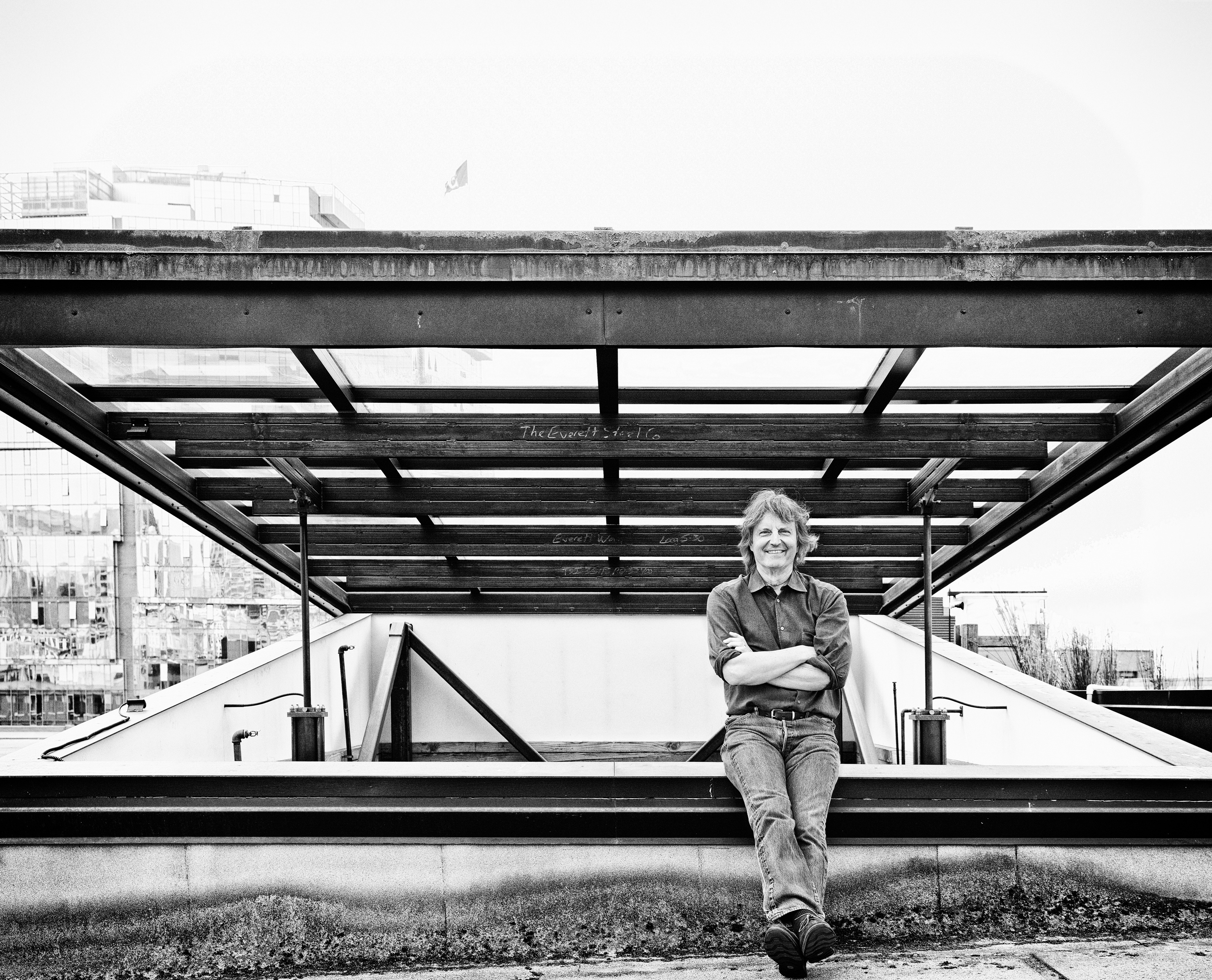 Explore Tom Kundig’s unusual houses, from studios on wheels to cabins slotted into boulders
Explore Tom Kundig’s unusual houses, from studios on wheels to cabins slotted into bouldersThe American architect’s entire residential portfolio is the subject of a comprehensive new book, ‘Tom Kundig: Complete Houses’
-
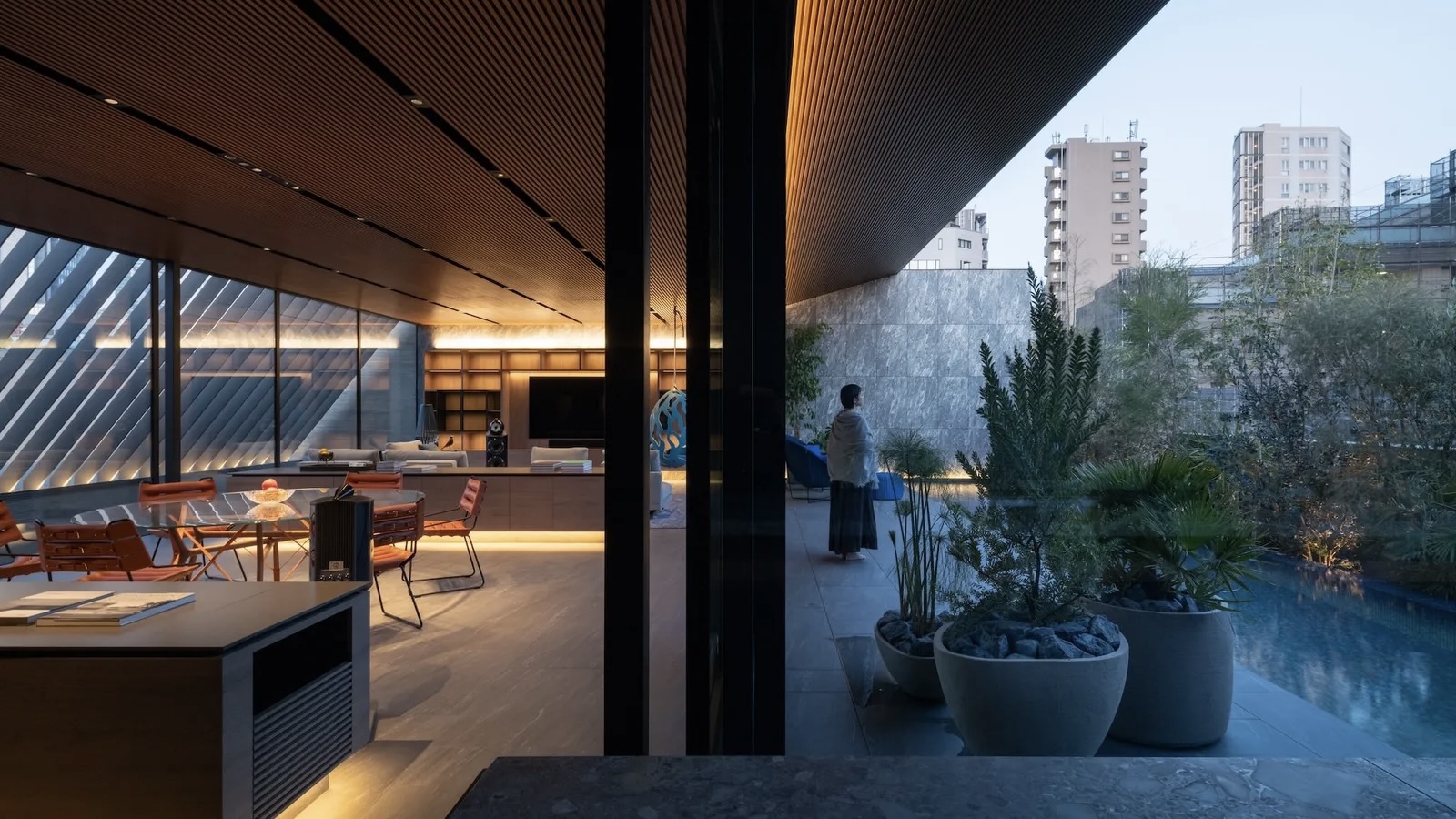 The Architecture Edit: Wallpaper’s houses of the month
The Architecture Edit: Wallpaper’s houses of the monthThis September, Wallpaper highlighted a striking mix of architecture – from iconic modernist homes newly up for sale to the dramatic transformation of a crumbling Scottish cottage. These are the projects that caught our eye
-
 Utopian, modular, futuristic: was Japanese Metabolism architecture's raddest movement?
Utopian, modular, futuristic: was Japanese Metabolism architecture's raddest movement?We take a deep dive into Japanese Metabolism, the pioneering and relatively short-lived 20th-century architecture movement with a worldwide impact; explore our ultimate guide
-
 A new Tadao Ando monograph unveils the creative process guiding the architect's practice
A new Tadao Ando monograph unveils the creative process guiding the architect's practiceNew monograph ‘Tadao Ando. Sketches, Drawings, and Architecture’ by Taschen charts decades of creative work by the Japanese modernist master